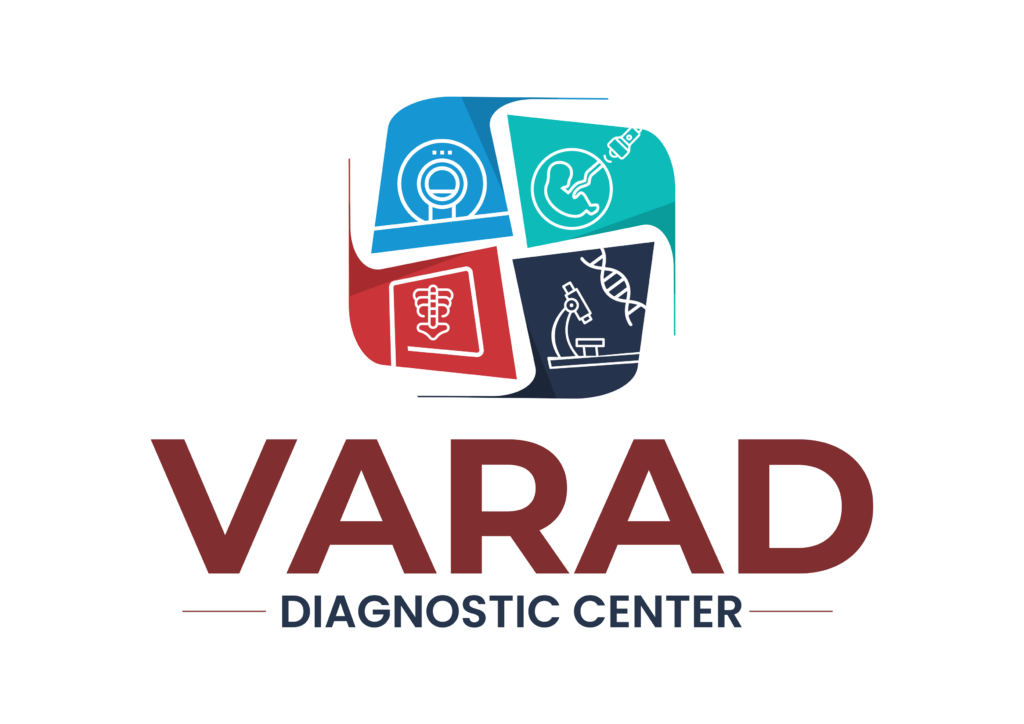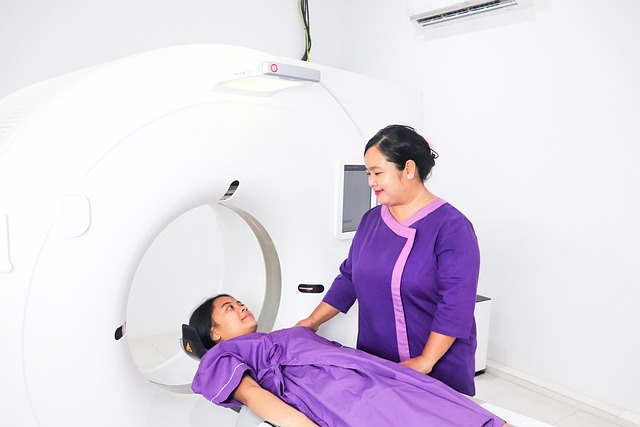CT scan of the abdomen and pelvis is an invaluable tool for medical professionals. These scans offer a closer look at your internal organs, which can be crucial in diagnosing and managing various abdominal and pelvic conditions. Abdomen and pelvis scan uses include identifying issues like kidney stones, infections, or tumors, helping doctors understand what’s going on inside your body.
So why are these scans so significant? They help in early detection of conditions, which means treatment can start sooner and usually leads to better health outcomes. For instance, if a scan finds a tumor early, doctors can begin treatments that might prevent the cancer from spreading. This can save lives and improve a person’s quality of life.
Moreover, these scans are vital in preventive care. By detecting problems early, CT abdomen pelvis scans can sometimes even help avoid more invasive procedures. Encouraging regular check-ups that include such scans can lead to more effective management of health issues. Routine checks prevent minor issues from becoming major problems.
Overall, it’s clear that these scans play a big role in modern medicine. They are like having an extra pair of eyes to spot what might be missed otherwise, letting doctors take swift action. This responsiveness is especially important in emergencies or when symptoms are unclear. So, CT scans of the abdomen and pelvis are a key part of keeping people healthy by ensuring that any potential issues are addressed promptly.
Navigating the CT Scan Procedure and Preparation
If you’re scheduled for a CT scan for abdomen and pelvis, you might be wondering what to expect. Here’s a simple step-by-step guide to walk you through the process.
- Arrival and Check-In: Upon arriving at the imaging center, you’ll check in and fill out some forms. The staff might ask about your medical history and any allergies, especially to contrast materials.
- Preparation: You may need to change into a special gown and remove any metal objects, which could interfere with the scan. You’ll also be asked to lie down on a table that slides into the CT scanner.
- Using Contrast Medium: Sometimes, a special dye, known as a contrast medium, is used to highlight specific areas inside the body. This might be given orally or via an IV.
- The Scan: The machine takes a series of images as you lie still. It doesn’t touch you, but you might hear some whirring sounds.
- The Procedure: A CT abdomen pelvis typically takes about 20 to 40 minutes. Technicians will monitor and guide you throughout, ensuring you feel comfortable.
Preparation helps ensure the scan goes smoothly. So, how can you get ready?
- Discuss with Your Doctor: Tell your doctor about any allergies, medical conditions, or if you’re pregnant.
- Follow Instructions: If you need to fast or stop taking certain medications before the scan, do so as instructed.
- Take a Friend: If you’re anxious, bring a friend who can wait with you or provide a ride home afterward.
It’s also worth addressing some myths and concerns about scans.
- Radiation: The radiation dose is quite low. Modern machines use minimal amounts to get clear images.
- Pain: The scan itself is painless, and side effects from the contrast medium are rare. But if they occur, medical staff are there to help.
- Claustrophobia: The cavity of a CT scanner is wide, making it less restrictive than an MRI. Technicians ensure you’re comfortable.
By understanding these elements, you can approach your abdomen and pelvis scan with confidence, knowing it’s a safe, straightforward process. Remember, if any concerns arise, communicate them to your healthcare provider.
Analyzing the Risks and Benefits of CT Scans
Like any medical procedure, CT scans for abdomen and pelvis come with their set of pros and cons. It’s important to weigh these so you and your healthcare provider can make informed decisions.
Benefits: – Accuracy: These scans provide clear and detailed images, helping in precise diagnosis. – Quick Results: Unlike some tests, results from CT scans can be ready quickly, aiding in urgent care situations. – Non-Invasive: CT scans are painless and don’t require surgery to look inside the body.
Risks: – Radiation Exposure: Although the exposure is minimal, repeated scans can increase the risk over time. However, modern technology lowers this risk. – Side Effects from Contrast: While uncommon, some might react to the contrast dye used in the scan.
Medical teams use advanced methods to ensure patient safety. For instance, imaging advancements now mean less radiation is needed to get a clear picture. Many centers also utilize shielding techniques to protect other parts of your body. As for potential side effects from the dye, healthcare providers take precautions and monitor you closely.
Thanks to such innovations, you can benefit from the accuracy of these scans without worrying excessively about exposure. It’s all about balance; knowing the advantages often outweigh the minimal risks involved in managing your health effectively.
Interpreting Your CT Scan Results and Next Steps
Once your CT scan abdomen and pelvis is complete, a radiologist – a doctor specializing in imaging – will analyze the images. They use specialized software tools to spot any abnormal CT abdomen and pelvis findings.
When discussing results, your healthcare provider will likely use simple terms to explain what was found. If anything unusual turns up, they’ll outline the next steps you might need. This could involve further tests, treatments, or watch-and-wait strategies.
Always feel free to ask questions if you’re unsure about the words being used or the implications of the findings. Understanding what’s going on helps you stay proactive in your healthcare plan.
Ultimately, staying engaged with your healthcare provider and attending follow-ups are key. This teamwork approach ensures that you stay informed and involved in maintaining your health.

